Record Breaking 'Una and the Lion' Coins face theTrial of the Pyx
Two Largest Coins Ever Made in the UK Face The Trial of the Pyx
Reading Time:
1 min {{readingTime}} mins
Steeped in ancient tradition, the Trial of the Pyx plays an essential role in supporting The Royal Mint’s reputation for excellence in production. 2020 sees a Royal Mint first as the largest coins ever made in the UK will be tested at the Trial - the five kilo and two kilo ‘Una and The Lion’ coins.
The Trial of the Pyx, one of Britain's oldest judicial processes. Held at Goldsmiths’ Hall, London, since 1871, The Goldsmiths’ Company is responsible for testing these coins and ensuring they are of the correct quality and composition.
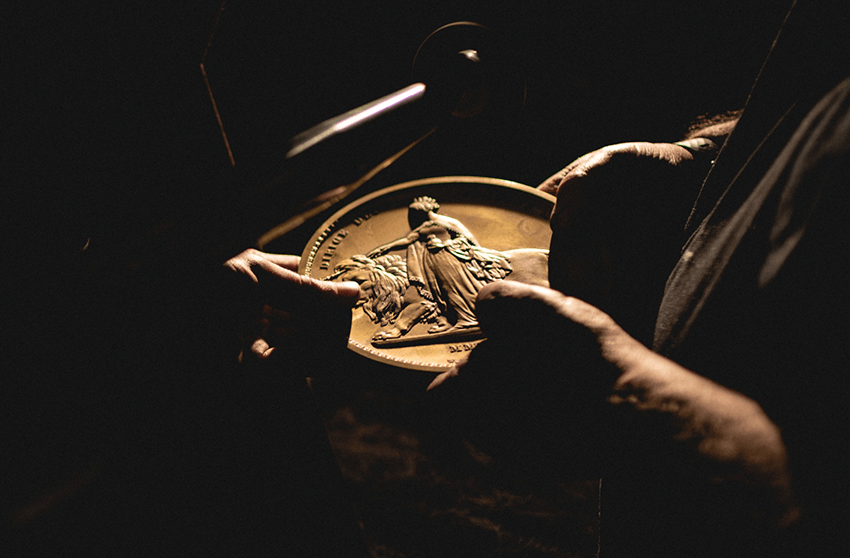
During the ceremony, jury members are required to pick out a selection of coins from Pyx boxes (Pyx being derived from the Latin word for chest). The remainder are placed in wooden bowls and are then weighed for accuracy. The Trial is adjourned until May to allow time for coins to be tested by the Goldsmiths’ Company Assay Office Laboratory and the National Measurement Office.
The Trial is attended by officers with some of the oldest job titles in the land (The Master and Deputy Master of the Royal Mint, The Queen’s Assay Master, The Queen’s Remembrancer), the Trial of the Pyx is as relevant today as it has always been.
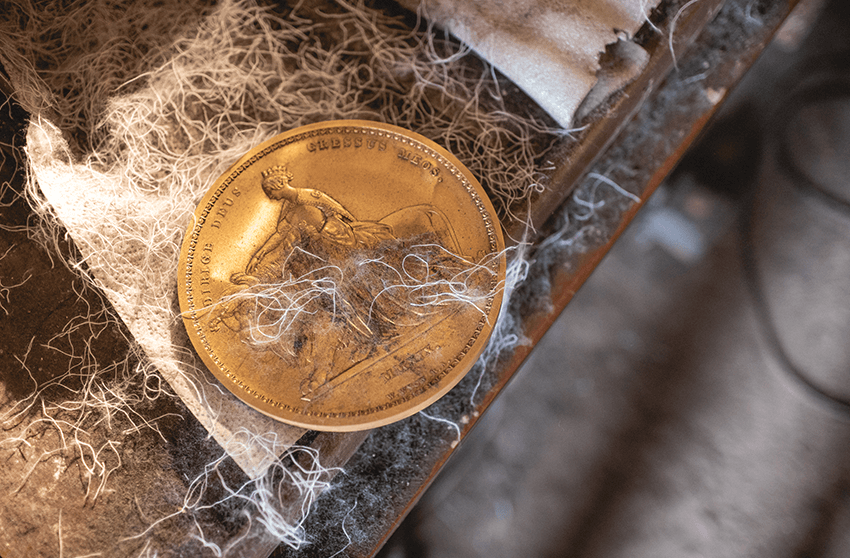
Graeme Smith, Queen’s Assay Master at The Royal Mint said:
"Every year coins produced by The Royal Mint go to the Trial of the Pyx, a ceremony which tests and confirms the quality and accuracy of each coin and is something which The Royal Mint prides itself on. This year sees the two largest coins that The Royal Mint has produced in its history go to the trial – the five kilo and two kilo Una and The Lion. Both of these coins have been remastered from an original die used almost 200 years ago and are part of a new Great Engravers series, celebrating the finest artists who have worked on British coinage."
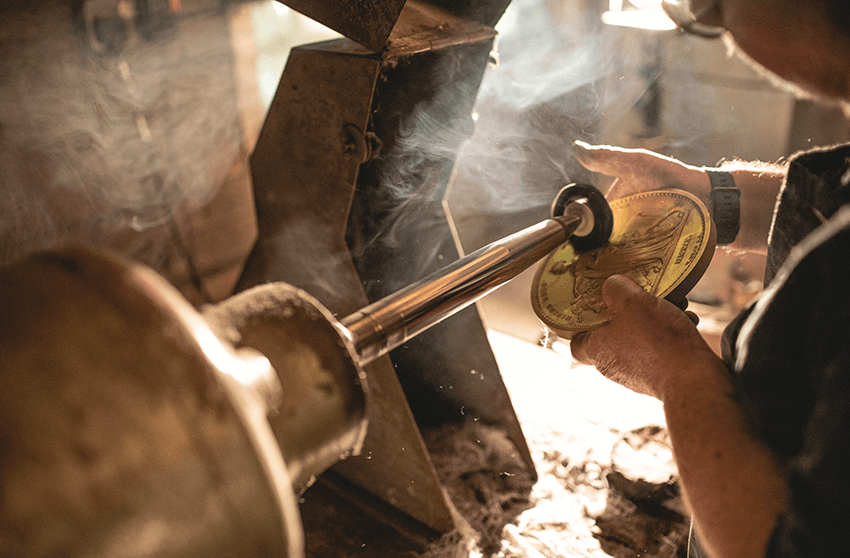
Whilst modern methods such as XRF (X-Ray Fluorescence) are often used in assaying, it is still only the centuries old methods such as cupellation (the fire assaying of gold) that are accurate enough in the testing of metals and therefore remain credible for checking the accuracy of the coins of the realm for the Trial of the Pyx verdict.
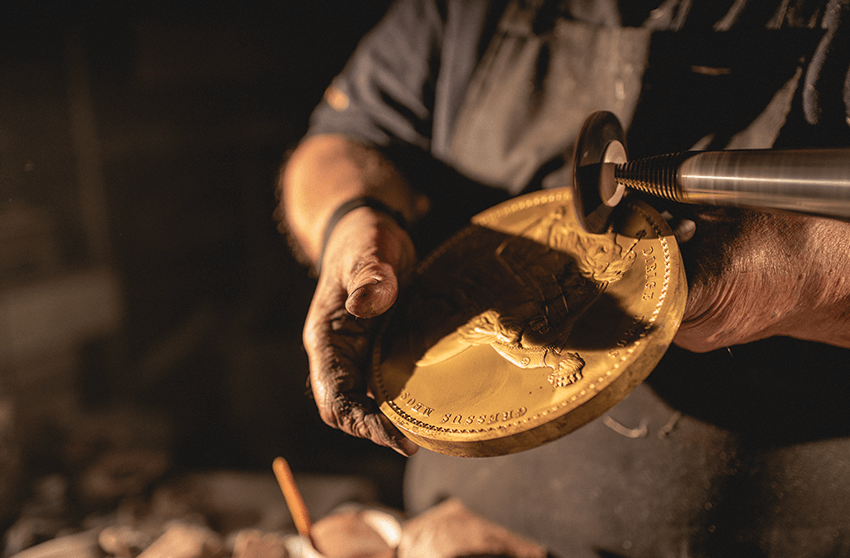
Simon Hutchinson, Deputy Clerk at The Goldsmiths’ Company said:
"The Trial of the Pyx is one of the ways in which the Goldsmiths’ Company contributes towards national life. For over 700 years our members have been actively involved in protecting consumers through the Trial by ensuring the nation’s coinage is of the right quality and composition. For as long as we place value in coins, the Trial will remain relevant in modern life. Our commitment to excellence, integrity and the accuracy of our testing means we are able to hold the Master of the Mint to account and continue our proud heritage of protecting consumers."
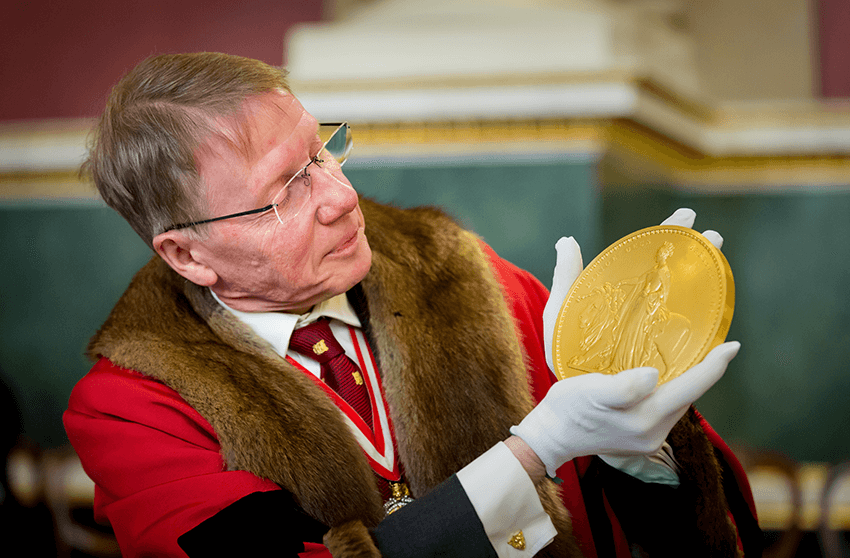
An official video on the Royal Mint's YouTube channel shows the coin throughout the polishing process, carried out by renowned craftsman Stephen M Goldsmith - a.k.a The Goldpolishing Guru (pictured throughout). Chief Engraver Gordon Summers explains the history of the Una and the Lion coin.
"[It's] something so woderfully unique that it's always going to have a place in history. Struck to mark Queen Victoria's reign in 1837, as a five soveriegn peice it gave Wyon greater scope to showcase his creativity. This project means so much to me as Cheif Engraver; being able to shine a contemporary light on his work . . . The contrast between the power of the beast and the serene figure leading it is instantly arresting. Of all the designs I've had the please of being a part of, this is absolutely unique."
Author:
Published:









